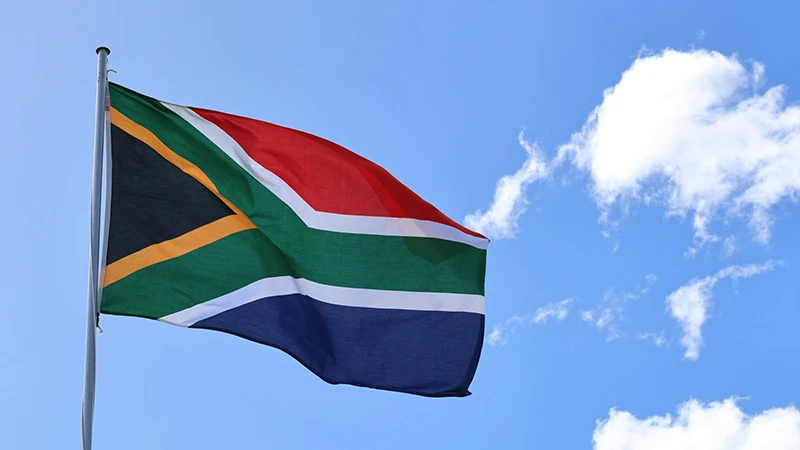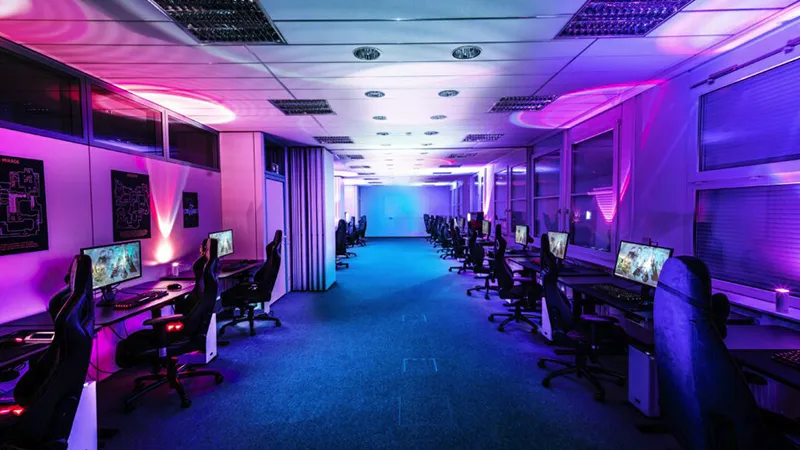South Africa’s Gaming Moment: How the Industry Is Leveling Up in 2025

The gaming market in South Africa is showing strong growth momentum. A recent industry report estimates the South African gaming market size at US $1.08 billion in 2024, with projections to nearly US $2.22 billion by 2033 (CAGR ~8.3%). IMARC Group.
For mobile specifically, one analysis projects about US $134 million (≈ R2.4 billion) in revenue in 2025 from over 18 million users. Meltwater.
On the continental level, Africa’s gaming market surpassed US $1.8 billion in 2024, growing ~12.4% year-on-year—far outpacing global averages. Carry1st press.
Key drivers shaping the shift
Mobile-first, connected audience
Smartphone penetration and improving internet infrastructure are central. Lower-cost devices, expanding mobile data access and digital distribution mean more players and more engagement. IMARC Group.
Cloud gaming in view
While nascent, South Africa’s cloud-gaming market is projected to grow rapidly, potentially reaching US $253 million by 2030 as latency, data-centres and bandwidth improve. Grand View Research.
Local studio activity & creative output
South Africa’s indie development scene continues to expand, with clusters of micro-studios in Cape Town and Johannesburg producing export-ready titles and prototypes aimed at global storefronts. Background overview.
Cultural relevance and content diversification
African-themed games and locally resonant content are gaining attention worldwide, offering South African studios a competitive edge when paired with global-quality execution. Atlantic Council.
Esports, events and community growth
Major conventions like Comic-Con Africa signal a strong, engaged audience, drawing tens of thousands of fans and anchoring tournament and creator ecosystems. AP News.
Emerging trends worth watching
- Indie export potential: More local studios are targeting global storefronts with distinctive art, smart scope, and live-ops readiness.
- Cloud & subscriptions: As infrastructure improves, access shifts from hardware-ownership to streaming and subscription services.
- Localized monetization: Success hinges on free-to-play design, price sensitivity, and local payment rails; in-game spending is rising across Africa. Atlantic Council.
- Narrative authenticity: Titles that reflect African languages, stories, and heritage can stand out internationally.
- Hybrid partnerships: Expect more co-development and publishing deals between South African teams and global partners.
Challenges still to overcome
- Funding gap: Many studios remain micro-enterprises with limited access to capital for scale-up and marketing. Overview.
- Connectivity divides: Latency, stable broadband, and hardware access remain barriers outside major metros.
- Talent pipeline: Demand for specialized skills (engineering, art, production) outpaces training pathways and senior mentorship.
- Global visibility: Discoverability on crowded storefronts is a persistent challenge for local releases.
- Market fit: Pricing, payments, and regulation vary—imported models don’t always translate directly.
What this means for South Africa
The convergence of tech readiness, cultural appetite, and market growth marks a real inflection point. Studios that pair high-quality production with authentic local stories and smart monetization can break out globally. For investors and partners, the opportunity is clear. Provided infrastructure, skills, and support networks continue to mature.
For players, South Africa is firmly part of the global conversation—from mobile mainstays and esports stages to export-ready indie gems.
Sources
- IMARC Group — South Africa Gaming Market Size & Forecast
- Meltwater — Mobile Gaming in South Africa 2025
- Carry1st — Africa’s Gaming Market Reaches $1.8bn (2024)
- Grand View Research — South Africa Cloud Gaming Outlook
- Atlantic Council — Africa’s Game Revolution
- AP News — Comic-Con Africa draws thousands
- GamesIndustry Africa — Free Lives launch metrics
- Wikipedia — Video games in South Africa (background)












Comments
No comments yet. Be the first to comment!
Leave a Comment